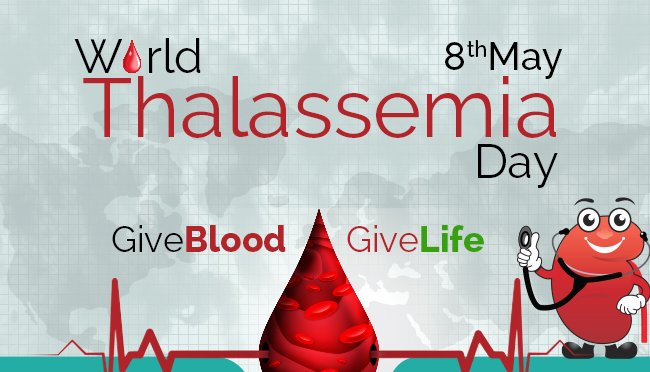Types of Thalassaemia
If only one of the parents is a carrier, the child develops thalassemia minor. People with this disorder usually do not have symptoms, which makes it difficult to detect. It is thus advisable to get tested, in case, any of your parents or relatives have some form of a disease.
The other forms of thalassemia are alpha thalassemia and beta thalassemia. In alpha thalassemia, at least one of the alpha globin genes has an abnormality. In beta thalassemia, the beta globin genes are affected. Each of the forms has sub-types, which vary in symptoms and severity.
Symptoms of thalassaemia
– Weakness
– Fatigue
– Bone deformities, especially in the face
– Pale appearance or yellow skin
– Slow growth rates
– Increased risk of infection
– Iron overload
– Heart problems
Tips for thalassaemia patients
– Follow universal immunization to prevent exposure from infections
– Eating food low in iron is good as the patients undergo frequent blood transfusion
– Healthy diet and regular exercise also help to fight with this disease.
How does one test whether she/he has thalassaemia?
A simple blood test called Hb electrophoresis / Hb A2 will tell you whether you are a carrier or have a trait of thalassemia minor.
Treatment Options.
- Blood transfusions
- Bone marrow transplant
- Surgical removal of spleen or gallbladder
- Medications and supplements




